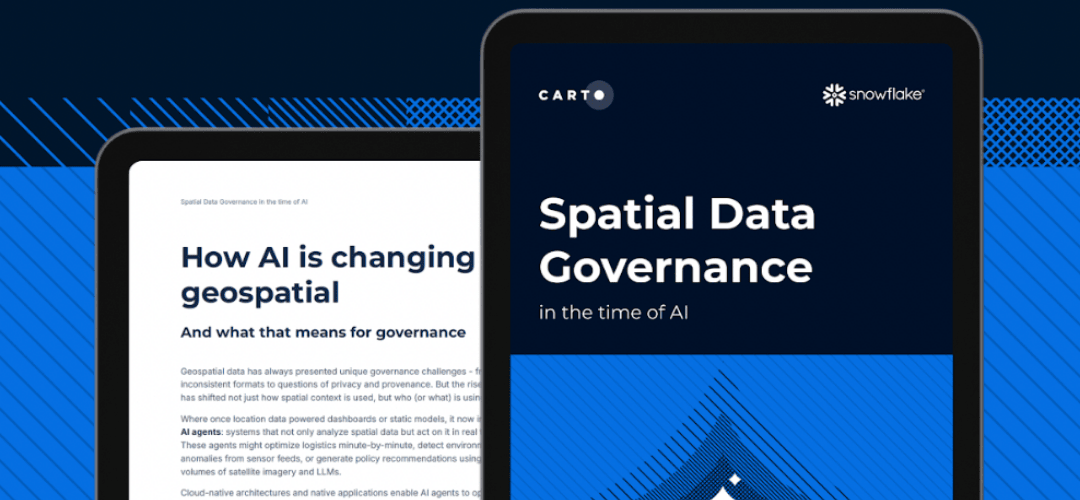How to use this data in CARTO?

Get started in a matter of minutes with a free trial account. Simply sign up here.

Discover datasets to enrich your analysis, by category, country or provider.

Bring new datasets into your analysis using our Data Observatory, augmenting the data you're already using in CARTO.
DISCOVER OTHER SPATIAL DATA CATEGORIES

Property statistics, prices, and history to drive decisions and investment.
.svg)
The most recent census data including: age, income, household types, and more.
.svg)
Consumer Spending, Purchasing Power and Wealth indicators.

Data from routing apps and GPS to analyze traffic patterns and commuters.

Mobile device and GPS data provide insight into human movement patterns.

Location data for business establishments, restaurants, schools, attractions, …
.svg)
Climate and weather data, including exposure to weather-based hazards.
Browsing habits, app usage, feelings and experiences shared over social media platforms, ...

Digital boundaries for data aggregation and display on a map.










.svg)




